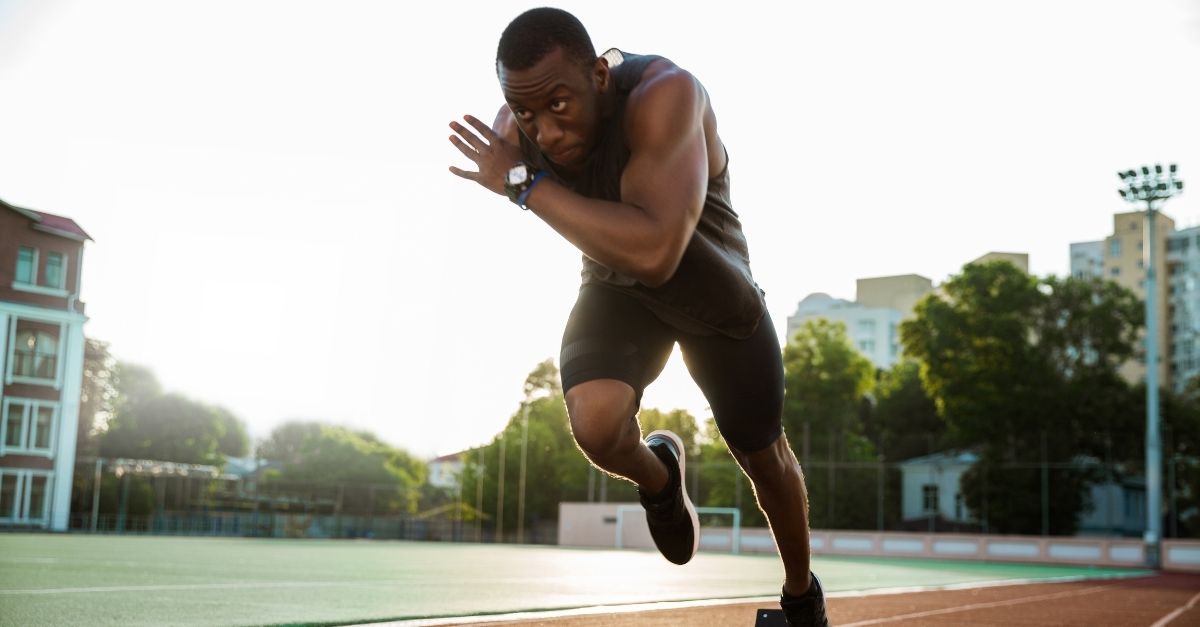
Now is a great time to rekindle your love of the outdoors. In fact, record numbers of people flock every year into parks and wilderness to camp, hike, mountain bike or just be at peace. This time of year conjures up nostalgic memories of a campfire, quality time with family, escaping the heat in a cool lake, and, of course, making s’mores. These outdoor getaways are wonderful ways to share time with your kids, teach them new skills and get some family exercise.
It’s also peak time for unexpected summer accidents. While most parents know the basics for a first aid kit, those that don’t can learn more here about first aid kits and what should be included. Below, I’ve suggested eight items to always take with you besides your first aid kit, especially when you will be out of cell range or outside of a major metropolitan area.
Accidents are always unexpected. They blindside you. When you’re outdoors you can’t get medical attention as readily as when in town. We’ve seen families who’ve had their kid, or even a parent, get seriously injured who can’t get to an ER right away, whether by breaking an ankle on the trail, serious burns from bacon grease spilled on a campfire, even deep cuts when filleting freshly caught fish.
When you are remote, your chances for serious injury escalate 50 percent higher simply because you can’t get professional medical attention quickly. A 2008 Center for Disease Control study found that nearly 213,000 outdoor recreational injuries were treated in emergency departments annually – more than half of these injuries happened to young people ages 10 to 24.
I know most parents think about band aids, antibacterial ointments and such. But these eight items are critical to help stop bleeding or set a wound until you can get to a medical professional. They’re lifesaving for any parent and should be in your backpack or car.
I suggest bringing:
-
Gauze
-
Elastic wrap bandage
-
Tourniquet
-
Protein food pouch (popular examples are FitAid or Fuel for Fire)
-
Water purifying tablets
-
Flashlight
-
Emergency blanket (lightweight silver blanket, also known as a space blanket)
-
Instant cold pack
These items are small, lightweight and easy to carry. Put them in a Ziploc bag and keep them in your hiking bag, and another in your glove compartment when driving.
Parents are really busy and sometimes we can feel spread too thin. Once you put together your accident kits and stick them in your hiking bag and car, you always have them on you. It’s simple. And you can feel confident that you’re prepared for almost anything.
There are a few other simple precautions you can take before hiking:
-
Let a friend or family member know where you are hiking. Plan on checking in with them when you get home.
-
Consider using a walking stick or hiking pole to maintain your balance while hiking on rough, uneven terrain.
-
If you are heading into the backcountry remember that you will most likely lose cell service. It’s a wise idea to invest in a personal locator beacon or satellite messenger.
-
If you regularly head into the backcountry, consider taking a first aid class at your local community college or a Wilderness First Responder course.
What to do When Injury Happens
Many injuries are not life threatening, but can still cause significant problems if you are in the wilderness, no one knows where you are, and you or your child can’t walk out.
A bleeding injury needs to be dealt with immediately. If you or your child is bleeding, you need to:
1. Stop the bleeding:
-
Apply firm pressure with a clean gauze for at least 15 minutes. If you need to add more gauze, do not remove the original gauze, keep it tight against the wound.
-
While applying pressure, elevate the injury.
-
You may need to wrap a bandage tightly around the wound to hold the gauze in place. This should not be as tight as a tourniquet – you should be able to slide two fingers under the bandage.
2. Use a tourniquet for profuse bleeding:
If you have a minor injury, bleeding will stop with continued firm pressure, but if the wound is large and bleeding profusely or if continued pressure does not stop the bleeding, there is a real risk of death.
If this is the reality of your situation, do not wait to apply a tourniquet. A Wilderness and Environmental Medicine article on tourniquets cites a study that concluded early tourniquet use before shock had set in was associated with a 90 to 96 percent survival rate.
3. Prevent or deal with shock:
-
Wrap the injured person in a sleeping bag, jacket or silver emergency blanket.
-
Keep them hydrated.
-
Talk to them to help them stay calm and awake.
Signs of shock include:
-
Rapid pulse
-
Rapid shallow breathing
-
Cool clammy skin
-
Confusion or anxiety
-
Dizziness or lightheadedness
-
Nausea or vomiting
4. Get help:
After the bleeding has stopped and the injured person is wrapped up to help prevent shock, it’s time to seek medical attention. This is a tough situation with no one-size-fits-all solutions. If your child is injured, you may be able to carry him or her out yourself. If you are injured, you may ask your child to flag down someone else on the trail or you may need to send your child to get help.
There are so many reasons to take your kids out there and hike, camp and explore. By preparing ahead, you can concentrate on the fun knowing you’ve got what you need should Junior try to fly like batman off the top of a boulder.




